TOP TEN GRAPHICS CARD FOR A GAMER
TOP TEN GRAPHICS CARD FOR A
GAMER
1. Nvidia's new GeForce GTX Titan
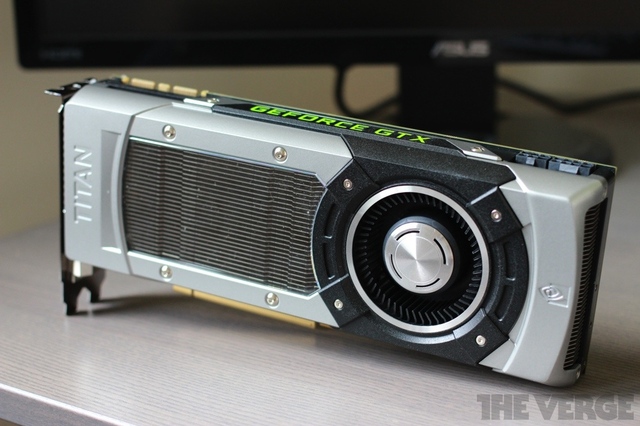 Graphics card launched by Nvidia last month was new GeForce GTX Titan, had a great massive GK110 processor.Till now, GK110 was only being used in the Tesla K20X and K20 accelerators. The Titan's GPU boasts 2,688 CUDA cores, 224 texture units, and 48 ROPs. It contain 6 GB of GDDR5 memory operating at 1,502 MHz on a 384-bit bus, you get up to 288.4 GB/s of bandwidth. The GPU itself runs at 837 MHz, but typically jumps to around 876 MHz in games that make your table much hotter. Its 250 W TDP is identical to the Radeon HD 7970. However, the Titan's performance is notably better, making it the fastest single-GPU card you can buy.
Graphics card launched by Nvidia last month was new GeForce GTX Titan, had a great massive GK110 processor.Till now, GK110 was only being used in the Tesla K20X and K20 accelerators. The Titan's GPU boasts 2,688 CUDA cores, 224 texture units, and 48 ROPs. It contain 6 GB of GDDR5 memory operating at 1,502 MHz on a 384-bit bus, you get up to 288.4 GB/s of bandwidth. The GPU itself runs at 837 MHz, but typically jumps to around 876 MHz in games that make your table much hotter. Its 250 W TDP is identical to the Radeon HD 7970. However, the Titan's performance is notably better, making it the fastest single-GPU card you can buy.
But Nvidia want us to pay a thousands bugs for it.
If the thing were priced between $600-$700, or even $800, it'd likely earn a well-deserved recommendation in today's list.
But never the less its the best i you can buy it......
2. AMD Radeon HD 7970
The SAPPHIRE HD 7970 is the first graphics card in the world to incorporate the latest generation of GPU’s from AMD built in a new 28nm process and featuring the new GCN optimised graphics processing architecture. The HD 7970 is the most powerful single chip GPU ever built. It has a new internal structure with 32 compute units and a total of 2048 Stream processors. It ships with a core clock speed of 925MHz, and AMD Powertune technology allows enthusiasts to increase performance by overclocking. A new 384-bit high speed memory interface with over 264GB/sec memory bandwidth connects to a large 3GB array of the latest DDR5 memory.
Its the best affordable graphics card with great performance....
 Nvidia launched GTX 680 against the Radeon 7970 in march 2012. Its powered by kepler architecture and proved itself a killer performer . It didn't top the Radeon 7970 but it was slightly better than that .
Nvidia launched GTX 680 against the Radeon 7970 in march 2012. Its powered by kepler architecture and proved itself a killer performer . It didn't top the Radeon 7970 but it was slightly better than that .
3 & 4. GeForcs GTX 680 & GTX 670
 Nvidia launched GTX 680 against the Radeon 7970 in march 2012. Its powered by kepler architecture and proved itself a killer performer . It didn't top the Radeon 7970 but it was slightly better than that .
Nvidia launched GTX 680 against the Radeon 7970 in march 2012. Its powered by kepler architecture and proved itself a killer performer . It didn't top the Radeon 7970 but it was slightly better than that .
With 1536 CUDA CORE it will give you a great gaming experience. It has a base clock speed of 1006 and can boost upto 1058Mhtz.
New NVIDIA® Adaptive Vertical Sync technology adapts the monitor’s vertical-sync dynamically to current frame rates for maximum gaming smoothness and playability with the ZOTAC GeForce® GTX 680 AMP! Edition. Take your gaming experience to the next level with NVIDIA® Surround™ technology for an unmatched immersive gaming experience with a single ZOTAC GeForce® GTX 680 AMP! Edition graphics card and triple displays.
GTX 670 launched just after the 680 . GeForce GTX 670 perform just 4.5% slower than GeForce GTX 680—certainly less of a gap then we expect. Knowing that overclocking on air is often enough to overcome a sub-5% spread, this almost negates any reason you might have had for buying a GeForce GTX 680, particularly if you were looking to play games at 1920x1080 with the eye candy cranked up.
Its an another performer from Nvidia and edged out the Radeon HD 7970.
5. AMD Radeon HD 7870
AMD has a long history of providing top-notch graphics cards, and the Radeon HD 7870 is no exception. This high-end video card boasts a base clock speed starting at 1GHz, processing and rendering graphics faster than you can say, "Flush"...;)
The HD 7870 utilizes 1280 stream processors with AMD's Graphics Core Next processor architecture, more commonly known as GCN, and it has memory bandwidth of 153.6GB per second, providing blazing fast speed and steady high frame rates that are optimal for playing graphic intensive games, especially first person shooters.
One of the best features of the HD 7870 is the incorporation of Power Tune, a technology that automatically monitors the power draw of the video card and overclocks depending on how much power the HD 7870 is currently using. For example, the HD 7870 can use a maximum of 250 watts of power, but if it is only using 130 watts, then Power Tune will boost the clock speed as much as it can up to the 250-watt maximum. This intuitive control lets you enjoy enhanced performance and graphics without having to exit your program and manually adjust the overclocking settings.
6. GeForce GTX 660 Ti
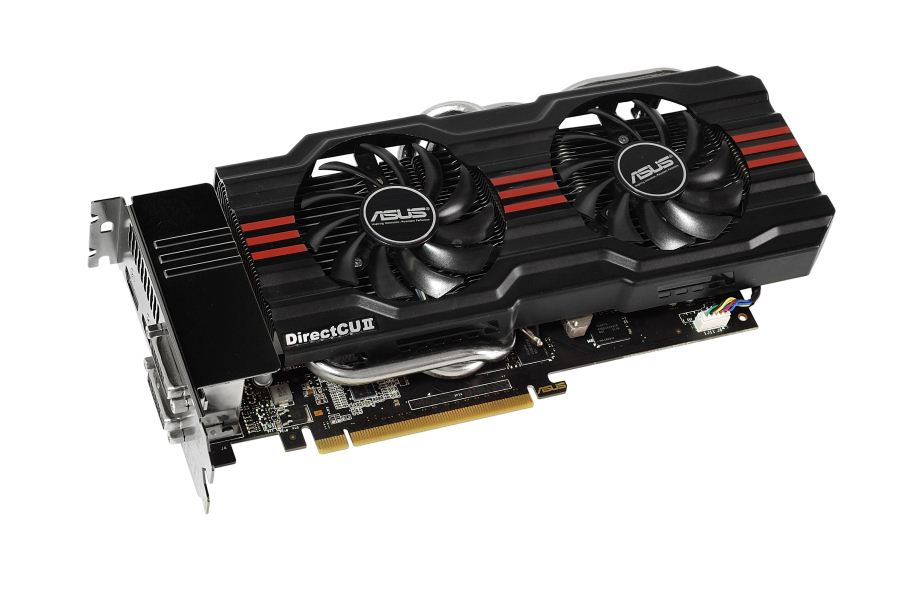 The GTX 660 Ti uses 1344 CUDA cores and has a base clock speed of 915 MHz, giving you the results you want when you need it most. The base clock speed can be boosted up to 980 MHz, thanks to Nvidia's GPU Boost technology.
The GTX 660 Ti uses 1344 CUDA cores and has a base clock speed of 915 MHz, giving you the results you want when you need it most. The base clock speed can be boosted up to 980 MHz, thanks to Nvidia's GPU Boost technology.
The GTX 660 Ti utilizes Nvidia's powerful GK104 chip, the same chip used in Nvidia's high-end video cards. The GK104 uses the new Kepler GPU architecture, giving the GTX 660 Ti more performance per watt. This means that you get faster processing with reduced power requirements and consumption.
The max thermal design power of the GTX 660 Ti is only 150 watts, which is greatly reduced from the previous GTX generation. You will need two six-pin power supply connectors and a minimum of a 450-watt power supply to run this card.
7. AMD Radeon HD 7850
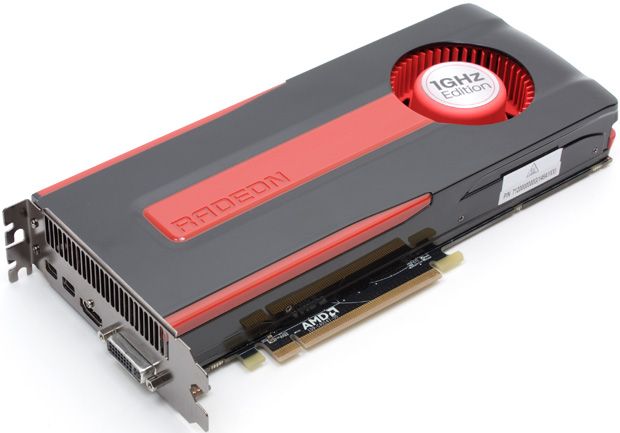 When you are ready to move up from the low and mid-range graphics cards and step into the big leagues of heavy hitters, the AMD Radeon HD 7850 is a great first step. Boasting 1024 stream processors and utilizing a DirectX 11.1 application programming interface , the HD 7850 is an affordable video card that lets you immerse yourself in high definition gaming and video.
When you are ready to move up from the low and mid-range graphics cards and step into the big leagues of heavy hitters, the AMD Radeon HD 7850 is a great first step. Boasting 1024 stream processors and utilizing a DirectX 11.1 application programming interface , the HD 7850 is an affordable video card that lets you immerse yourself in high definition gaming and video.
While it is considered to be in the lower levels of high-end graphics cards, the HD 7850 does not pull any punches with its 860 MHz clock speed and flowing memory bandwidth of 153.6GB per second. These speeds make it so you can enjoy fast, stable frame rates in games.
The best feature of the HD 7850, besides its great graphics, is its low power consumption. The thermal power drain rating is only 130w, much lower than competing cards. Additionally, the HD 7850 incorporates AMD's zero core power scheme technology to save on power drain.
8. GeForce GTX 580
This is the first model in the 500 series from Nvidia. Much like the 480, this model uses DirectX 11 and has a single GPU. Most of the primary features that affect the 3D rendering and speed were updated to meet today's standards and the reality is that the GTX 580 is one of the fastest and best-performing graphics cards on the market.
The Nvidia GTX 580 has the highest clocked memory speed we've seen – 2004 MHz – which even outperforms any dual-GPU cards on the market today. You are going to love the 1.5GB of memory because this will ease the amount of RAM needed to render the intense graphics of games like "COD: Black Ops" and other graphics-intensive games.
The memory in this graphics card is GDDR5, which is the new standard for any card that wants to compete with other high-end gaming hardware. The memory bus width did not change from the 480 model and stayed at 384-bits, which should still do just fine compared to most graphics cards on the market today. An amazing 192.4 bandwidth was added which comes very close to dual-GPU cards.
Basically a fine GPU which is affordable and a better performer too. You can play mid-range games with this.
9. GeForce GTX 650 Ti
The GTX 650 Ti is Nvidia's answer for the budget-minded PC gamer, giving you a strong graphics card that can play newer games for a reasonable price.
When you play games or edit videos, you don't want to worry about your graphics card slowing you down. With 768 CUDA cores and at least 1GB of memory, the GTX 650 Ti is sure to keep the action going. Ti stands for Titanium, and it is a name used by Nvidia to signify an increase in performance from the standard model number.
The GTX 650Ti are powered by two different chipsets. While the 650 uses the GK107 chip that provides 384 cores, the 650 Ti uses the stronger GK106 chip that provides over twice the processing power at 768 cores. The GTX 650 Ti also has higher memory bandwidth and faster memory, giving you a significant performance increase compared to the GTX 650.
10. AMD Radeon HD 6670
You don't always have to spend hundreds of dollars to have good graphics, and the AMD Radeon HD 6670 is an excellent example of getting more than your money's worth.
The HD 6670 is a very capable graphics card, especially if you don't need to run every game or program on ultra or high settings. It is low profile, taking up only one PCIe slot, but the heat sink fan can be a little big, blocking additional slots. The card itself is barely over 8 inches long, shorter than most higher end cards, making this a great option for smaller PC towers. The HD 6670 is capable of running DirectX 11 as well as OpenGL 4.1 and OpenCL 1.1. This lets you use and play demanding software and games without having to worry about your card’s performance stalling.
To get the best performance out of the HD 6670, set your display settings to medium and tweak individual graphic settings in your game to see what it can handle. While you can always get strong graphics with good frame rates for medium settings, the HD 6670 doesn't hold up as well in the high and ultra settings with screen resolutions 1280 x 1024 and higher.
A very positive feature is AMD's Eyefinity multi-display technology, which allows you to connect up to 4 monitors from a single card. Eyefinity allows you to use multiple screens as if they were one, much like a television display at your local electronics store. This gives you a type of peripheral vision and enhances your game enjoyment considerably.
If you’re looking for the sweet spot of value and performance in a moderate-priced graphics card, the Radeon HD 7850 remains the best graphics card for gaming on a budget, in our opinion—at least until we get a chance to bench-test cards based on Nvidia's GeForce GTX 650 chipset, released late in 2012. More on that as 2013 goes on.
HAVE FUN....:)
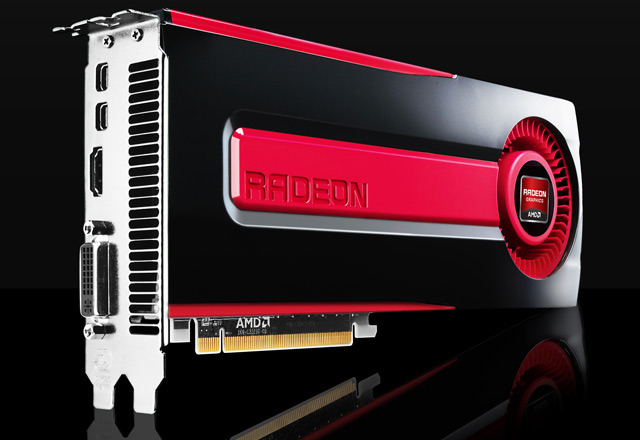




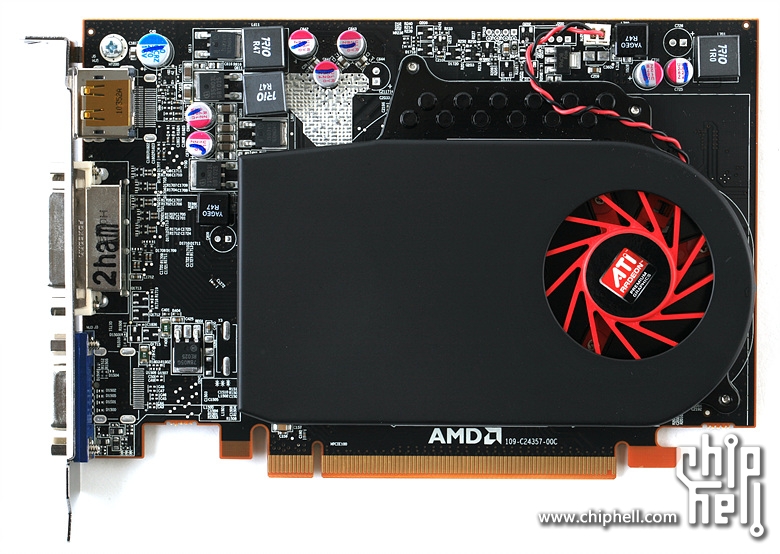


2 comments:
Price bhi bata dia karo bhai....
wo zaruri h jannna
Ohk next time i'll post the afordable top ten graphics card....
Post a Comment